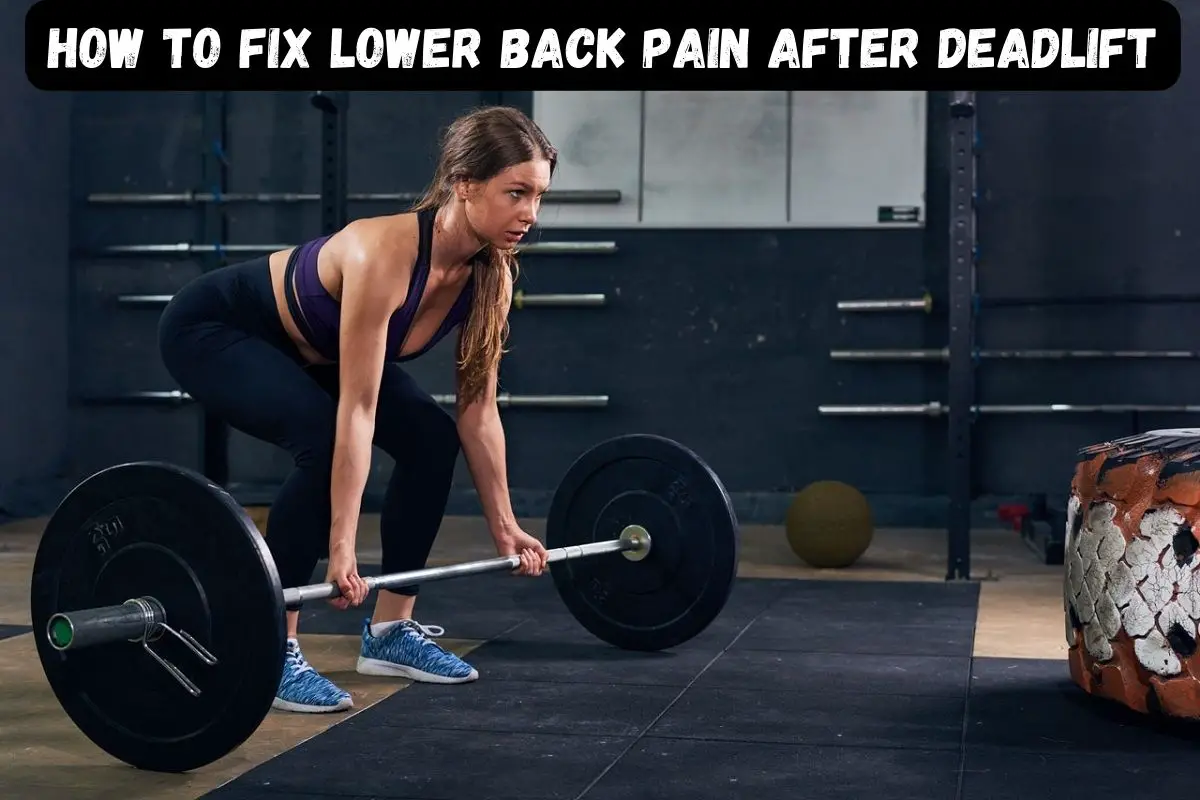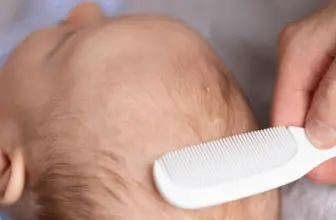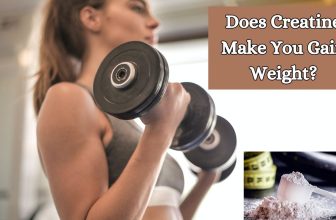How To Fix Lower Back Pain After Deadlift?

Are you suffering from lower back pain after deadlifting, even though your form is perfect? Well, you are not alone. The lumbar spine and lower back pain is the most common issue for a lot of beginners and experienced lifters. The following steps will help How To Fix Lower Back Pain After Deadlift? so you can keep lifting heavy things and looking good while doing it!
Here are the seven steps that you can take to ease your lower back pain:
- First, rest and let the injury heal. A lot of people don’t give their bodies enough time to recover from strenuous activity, which can lead to more serious consequences.
- Then, try heat therapy. It is an effective way to ease acute or subacute pain and muscle spasms, including deadlift-induced lower back pain.
- Follow it up with light stretching. Over time, continuous sessions of heavy lifting can cause stress on your back muscles which may lead to injury. If you experience lower back pain after deadlifting, try performing light stretches to release any tension in the back.
- Applying ice to the back can provide you comfort and reduce inflammation. You can use different types of cold therapies, but it should depend on the type of pain that you are experiencing. You can also use a lidocaine patch for back pain.
- Rest a few days, then repeat doing light stretching exercises. The goal should be to increase the mobility of the lumbar spine and lower back.
- Try ibuprofen or a doctor-recommended anti-inflammatory painkiller.
- Seek professional advice from a specialist if the pain lasts from more than 5-6 weeks.
Treatment of lower back pain after deadlifting involves stretching, applying ice packs to the lower back region, and taking a nonsteroidal anti-inflammatory painkiller. People also take support from chiropractors, although such adjustments work differently from one person to another.
But it is important to assess if your lower back pain is due to doing deadlifts in the wrong way or perhaps if it’s due to certain medical conditions.
Can You Get Lower Back Pain From Deadlifts?
Deadlifting is one of the best ways you can strengthen your back, glutes, and hamstrings. But, it does put your lower back at great risk for injury if it’s not done properly.
The majority of lower back pain from deadlifts is due to overuse of the deadlift, injury, or medical conditions. Another reason you may get lower back pain is due to doing intense deadlift sessions, which may cause muscle soreness leading to lower back pain.
First-time weightlifters should focus on a proper deadlift form, so they do not hurt themselves. If you have done a lot of deadlifts, you may want to stretch your lower back. Learn how to stretch your lower back and perform better with less pain in your back and hamstrings.
How Long Will The Back Pain From Deadlifting Last?
Most people will experience lower back pain after a heavy deadlift cycle; this is just a result of the strength and tension required to lift such a heavyweight. You may feel an intense pain/spasm in your lower back for 48 – 72 hours.
This type of pain usually disappears after a while of doing deadlifts, but if you continue to get hurt, you can do a few things to improve your deadlift form and prevent future injuries.
For instance, consider doing slower deadlifts. Try to lift really (really!) slow and see how long it takes to do the lift. Pick deadlift variations and rate your pain level on a scale of 1 to 10.
How Long Does Lower Back Pain After A Deadlifting Injury Last?
The lower back area is one of the most commonly injured parts in the gym when performing deadlifts, especially for those that still use the conventional bar for doing this exercise or don’t have a lot of experience with them.
You can experience pain in your lower back whenever you lift a heavy object incorrectly or have underlying issues like arthritis or osteopenia. These strains need time to heal and should get better within 2 weeks of the injury occurring unless there is a more severe problem such as:
- A herniated disc
- Spinal stenosis
- Degenerative disc disease
- Spinal arthritis
How Can You Prevent Deadlift Lower Back Pain?
If it’s your first time deadlifting and you’re unsure what you should be doing to prepare, you will likely get lower back pain. But you can take these preventive measures and minimizer your risks of deadlift injuries and lower back pain.
- It is of utmost importance to warm up the core and pull muscles with steady cardio before you get deadlifting.
- The best way to avoid deadlift back pain is to have a strong core. So it is essential to develop your core muscles. When doing exercises and practicing squats, you should work on the muscles, including abdominals, glutes, hip flexors, and obliques. Stretch your muscles, especially by targetting your hamstrings and hips.
- Maintain your posture when doing deadlifts; your back and neck should be properly aligned and neutral.
- As always, it’s better to prevent than recuperate. So carry precautions. Consider using bumper plates or weight releasers to avoid accidents of deadlifting. Pick the right weight for you based on your BMI.
- Make it a habit to exercise caution when setting up and executing your lifts. Use a lifting belt at the appropriate moment.
- Pick deadlift variations that target the major muscles in your body.
- Don’t go heavy all the time. Start small! You don’t want to overtax your body at once, so start with light weights.
- Practice (and stay consistent). Working on your form is also crucial as correct posture prevents muscle strain and improves performance. Maintain consistency and disciple throughout the exercise.
When To See A Doctor For Lower Back Pain After Deadlift?
Home remedies for back pain after a deadlift can be effective, but you must seek a medical emergency or consult a doctor in certain instances. If you have suffered injury from a deadlift, you should either take support from urgent care clinic or go to ER.
Also, if your lower back pain after deadlift is accompanied by frequent urination, weakness, and inadequate muscle power in the legs, then you must see a doctor. It might indicate a neurogenic bladder–the bladder gets irritated easily because of a damaged nerve in the spine.
Sources
- Subacute and chronic low back pain: UpToDate. (Accessed at https://www.uptodate.com/contents/subacute-and-chronic-low-back-pain-nonsurgical-interventional-treatment)
- Back pain Basics. National Institute of Arthritis and Musculoskeletal and Skin Diseases. (Accessed at https://www.niams.nih.gov/health-topics/back-pain/basics/diagnosis-treatment-and-steps-to-take)





